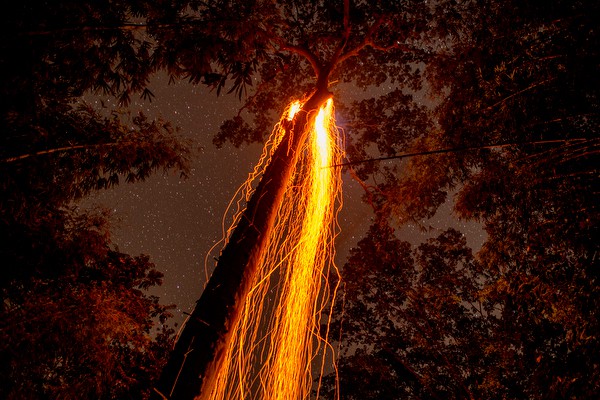In commemoration of World Environment Day 2016 on 5th June, Invisible Photographer Asia (IPA) took over Greenpeace International’s instagram feed and showcased a selection of photography from the region.
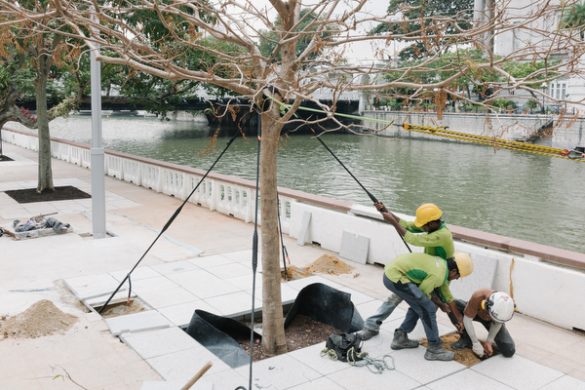
Taming nature – tree re-planting and straightening in the Civic District, Singapore, 2015. In land-scarce Singapore, the constant tug of war between nature in its natural state and the ever-hungry and progressive city is omnipresent and forms a backstory to the island nation’s 50+ year making. Photograph from ‘Suddenly The Grass Became Greener’ by Kevin WY Lee.
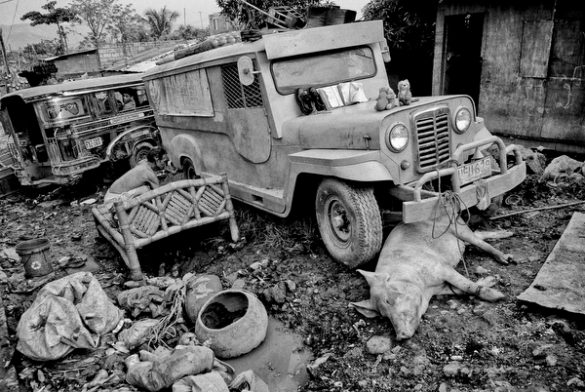
MANILA, PHILIPPINES – Residents salvage what they can after a strong mudflow ravaged through their town caused by Typhoon Ketsana in September of 2009. The Philippines, being in the tropics, gets bombarded with over a dozen typhoons each year. Photograph from SIGNOS SERIES 2009 – 2015, a long-term project on Climate Refugees in the Philippines, by Filipino photojournalist Veejay Villafranca / @vjvillafranca.
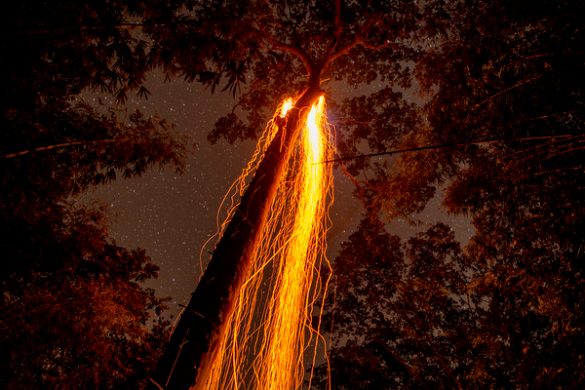
Glowing embers from the ‘bintang’ or star torches made of vines dropping to the ground as the torch is brushed against an Asiatic Giant Honey Bee (Apis dorsata) hive at Ulu Muda rainforest, northwestern Malaysia during a process to harvest honey from the hive on March 6, 2016. The embers distract the bees, making them follow and stay at the ground until the moon brightens or daylight breaks. Due to the behaviour of the bees, the harvesting of honey is normally done on a moonless night. Asiatic Giant Honey Bees are one of the largest species in the bee family, living in big colonies of 40,000 to 60,000 individuals. They are vital to the ecosystem of the rainforest, pollinating half of the rainforest when they suck nectar from more than 180 flowering plants. However, the number of bee hives in Ulu Muda is decreasing each year, most probably due to climate change. Without their presence, the pollination process of the rainforest is disturbed, affecting the ecosystem. Photo by Malaysian photojournalist Hasnoor Hussain / @bangchin
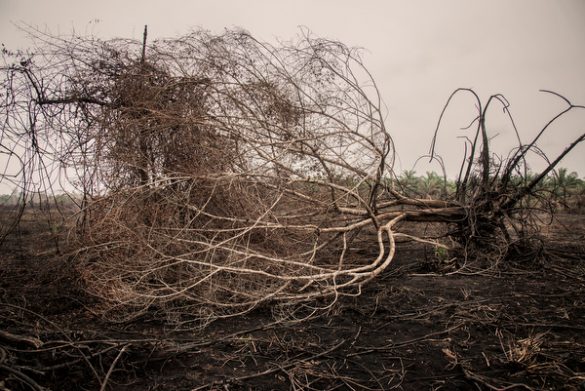
Land clearing at a palm oil plantation in Air Hitam area, Jambi province, Sumatra, Indonesia. About 1.9 million hectares of Jambi area is an expansion of palm oil plantations. Forest fire is an annual occurrence in Indonesia causing smoke and hazardous haze reaching as faraway as neighbouring Singapore and Malaysia. The fire in 2015 is claimed to be the worst with more than 2.6 million hectares of forest, peat and other land burned – an area 4.5 times the size of Bali. Photo by Indonesian photojournalist Rony Zakaria / @ronyzakaria.

LEYTE, PHILIPPINES – The coast of Tanauan in Leyte a month after Typhoon Haiyan’s wrath, December 10, 2013. The Philippines, being in the tropics, gets bombarded with over a dozen typhoons each year. But 2013 was the year when certain truths were immortalised and a new norm was born. With a sustained (1-minute) wind speed of 195mph, Typhoon Haiyan or locally known as Yolanda left over 6,000 people dead and over a thousand more missing. It was one of the strongest tropical cyclones ever recorded. Photograph from SIGNOS SERIES 2009 – 2015, a long-term project on Climate Refugees in the Philippines, by Filipino photojournalist Veejay Villafranca / @vjvillafranca.
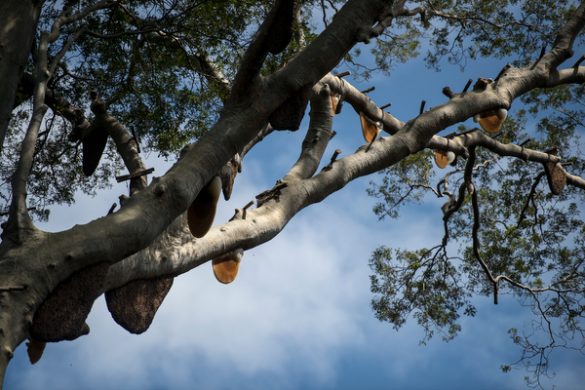
Bee hives on a Tualang tree in Ulu Muda rainforest, northwestern Malaysia on February 27th, 2016. A few colonies of Asiatic Giant Honey Bee (Apis dorsata) still reside there but most are left empty. They arrive at Ulu Muda, one of the oldest rainforests, between November and mid-December every year and leave by the end of March or April. A mature hive can be 2 metres wide and home 40,000 to 60,000 bees that produce up to 10kg of honey. It is unknown where the bees come from and where they go after leaving their hives. The bees are believed to be able to fly as far as 160km in their migration to avoid monsoons and to find new habitats. Bees are vital to the ecosystem of the rainforest. They pollinate half the rainforest when they suck nectar from more than 180 flowering plants. From year to year the number of bee hives in Ulu Muda have decreased, most probably due climate change. Without their presence, the pollination process of the rainforest is disturbed, affecting the ecosystem. Photo by Malaysian photojournalist Hasnoor Hussain / @bangchin
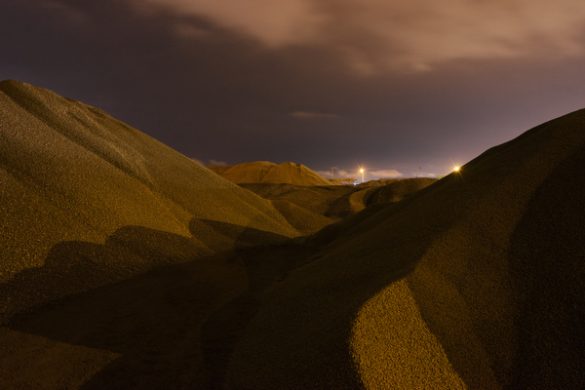
A nocturnal landscape of sand dunes at Punggol Timor Island, Singapore. In 2013, Singapore’s Ministry of National Development released a Land Use plan to convert space in Singapore to accomodate 700,000 new homes for a projected population of 6.9 million in 2030. Prime Minister Lee Hsien Loong initially introduced the Punggol 21+ initiative in 2007 to transform Punggol, located in Northeast Singapore, into “a waterfront town of the 21st century”. In land-scarce Singapore, the constant tug of war between nature in its natural state and the ever-hungry and progressive city is omnipresent and forms a backstory to the island nation’s 50+ year making. Photo from the series NORTHEAST HINTERLAND, in Residency with Exactly Foundation, by Kevin WY Lee.
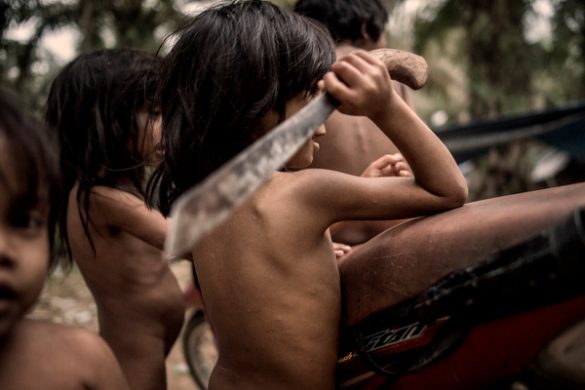
Orang Rimba children with a machete at their temporary settlement inside a palm oil plantation in Bukit Suban village, Jambi province, Sumatra, Indonesia. Orang Rimba, a nomadic indigenous tribe that has lived for generations in Bukit Dua Belas National Park, are now forced to flee away from the forest by corporations taking away their ancestral lands. They are at risk of losing their way of life of hunting and self-sustaining from the forest. Photo by Indonesian photojournalist Rony Zakaria / @ronyzakaria.
Follow Veejay Villafranca (@vjvillafranca), Rony Zakaria (@ronyzakaria), Hasnoor Hussain (@bangchin), Greenpeace (@greenpeace) and IPA (@invisphotogasia) on instgram for more.
Share

